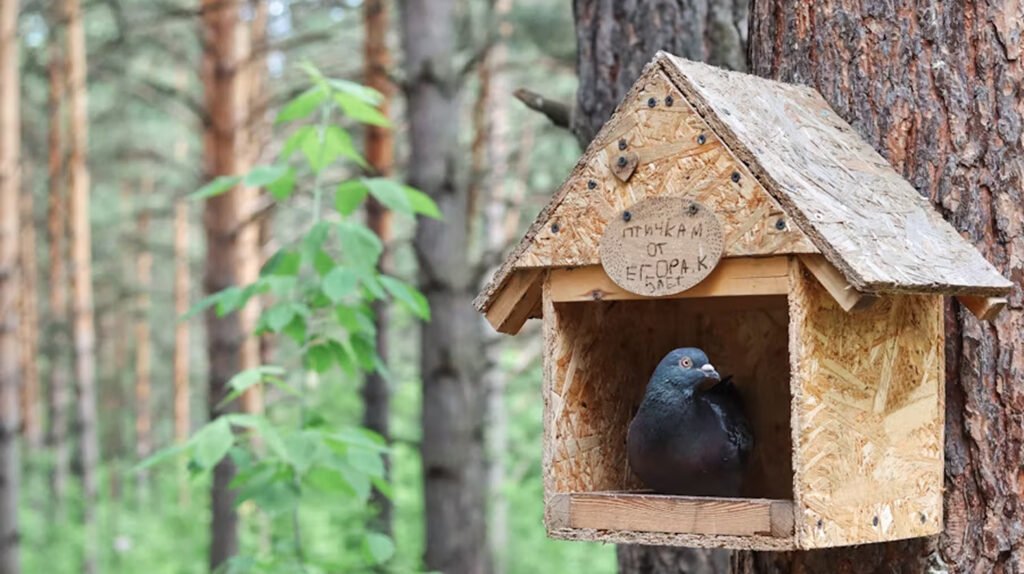“How did you design your bird sanctuary to accommodate different seasons? What’s one adaptable feature you’d recommend?”
Focused on creating varied habitats that provide shelter, food, and water year-round
When designing my bird sanctuary to accommodate different seasons, I focused on creating varied habitats that provide shelter, food, and water year-round. I planted a mix of native trees, shrubs, and grasses, ensuring there’s something for every season. For winter, I included evergreen trees for constant cover and planted berry-bearing bushes like holly and juniper, which provide food in colder months. I also set up a pond with a heated area to prevent freezing, ensuring water availability even in freezing temperatures.
One feature I’d highly recommend is creating multiple layers of vegetation, from ground cover to taller trees, so birds have shelter and nesting sites no matter the time of year. It’s adaptable because, as seasons change, different birds are attracted to the various layers for food, nesting, and protection. This diversity in structure makes the sanctuary thriving and sustainable throughout the year.
Nikita Sherbina, Co-Founder & CEO, AIScreen
Native plants were incorporated to provide natural food sources and shelter across changing climates.
The study of seasonal migration patterns helped the sanctuary maintain a diverse range of bird species throughout every season. Native plants were incorporated to provide natural food sources and shelter across changing climates. The water features were designed to operate effectively during both cold and hot weather conditions. The flexible structures together with shaded areas protect the area from harsh weather conditions. The maintenance schedule follows seasonal requirements to maintain a thriving habitat throughout the entire year.
The multi-purpose spaces enable smooth transitions between different needs or activities. The modular design allows fast changes to occur which extends functionality without requiring major construction work. The use of durable weather-resistant materials provides long-term durability under different environmental conditions. Smart technology integration provides real-time monitoring and efficient resource management. The feature remains practical and relevant through careful planning.
Linda Chavez, Founder & CEO, Seniors Life Insurance Finder
A mix of evergreen shrubs, native perennials, and deciduous trees
Designing the bird sanctuary with all four seasons in mind meant planning for year-round shelter, food, and water—even when things aren’t blooming. I chose a mix of evergreen shrubs, native perennials, and deciduous trees so that the space always has some structure and function, no matter the season.
For example, in summer, flowering plants like black-eyed Susans and salvia draw in pollinators and seed-eating birds. In fall, I leave the seed heads and dried stems standing for natural food and shelter. In winter, evergreens like juniper and holly provide critical cover and berries when food is scarce. And in early spring, I rely on early bloomers and thawed water sources to support migrating species.
One adaptable feature I’d recommend is a heated birdbath or solar fountain with a basin design that fits your garden style. It provides water year-round, which is just as vital in winter as in summer, and you can switch it off in warmer months or even change the look seasonally with stones or surrounding plants. It’s a small, flexible upgrade that has a big impact.
Aaron Keesler, Owner, Your Cool Pet LLC


